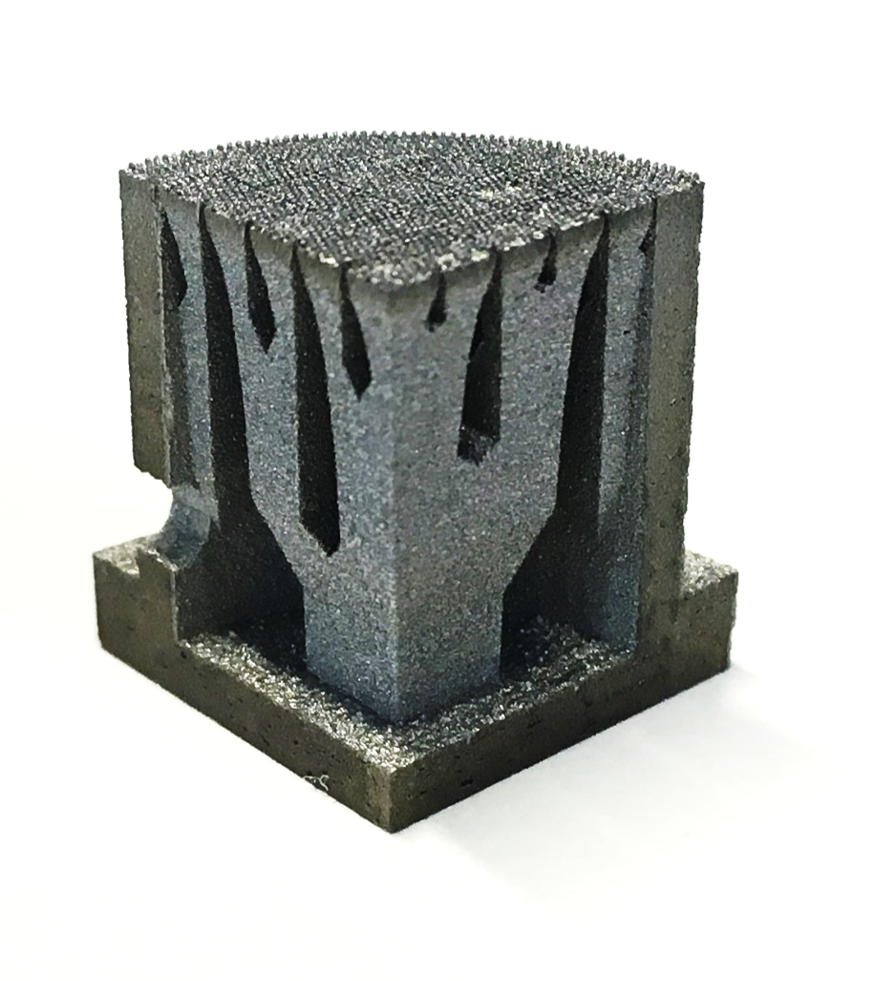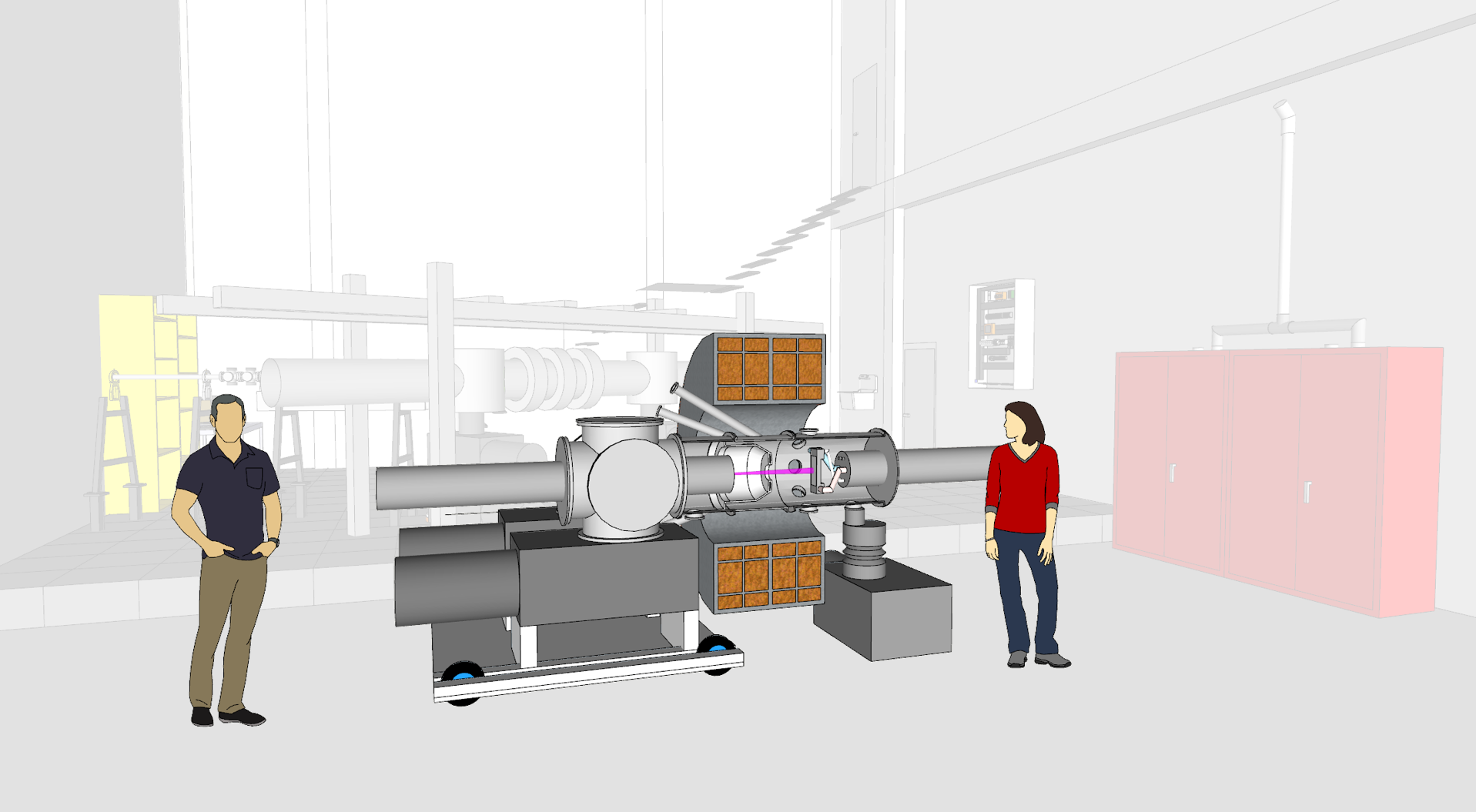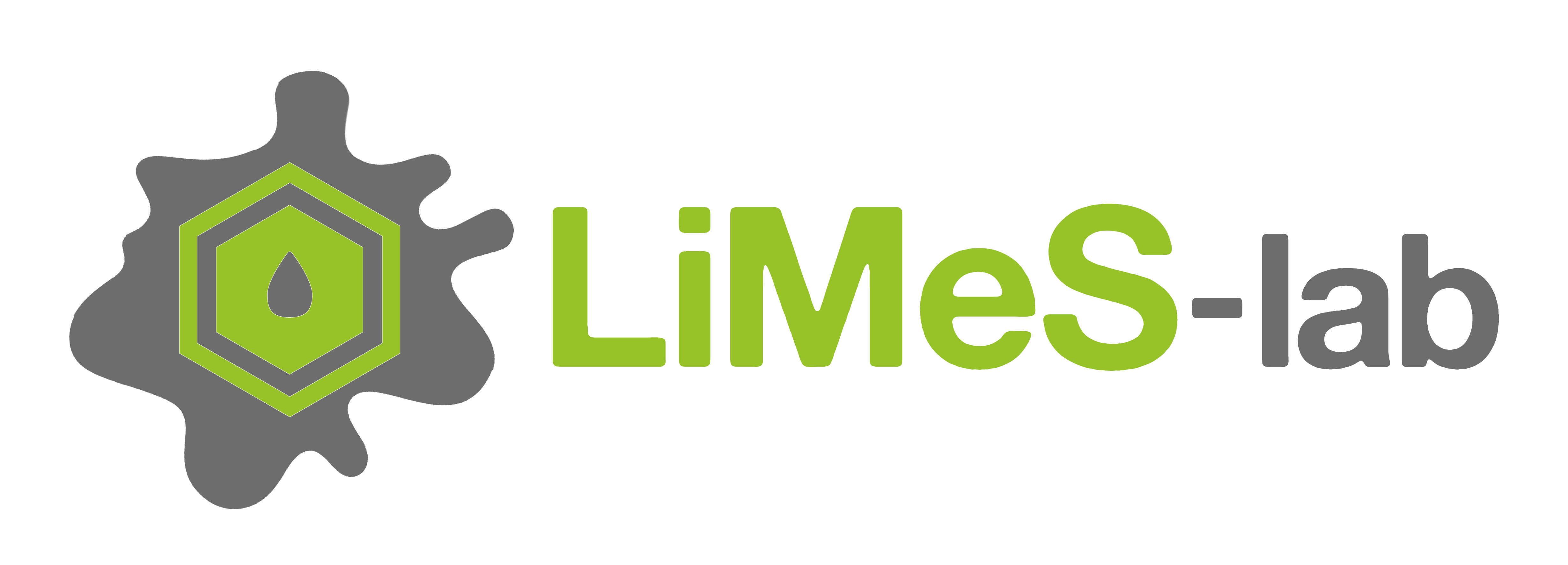Extreme conditions exist in a fusion reactor and the reactor vessel wall must be able to withstand extreme heat. Many wall materials have been tested already and found to be inadequate. A wall made of liquid metals now seems to be the solution. DIFFER and Eindhoven University of Technology (TU/e) receive an NWO Investment Grant Large of 2.5 million euros to build a laboratory where the new technology can be investigated: the LiMeS lab.
In the future, nuclear fusion could be a sustainable and safe source of energy, but before we reach that stage, we still need to overcome several obstacles. Inside a fusion reactor, an immense amount of energy is generated in the form of heat. Ultimately, that energy needs to leave by passing through the wall. Tungsten is a heat-resistant metal that serves as the wall material. However, even that material is not good enough despite a melting point of 3422 degrees Celsius. Project leader Thomas Morgan (DIFFER): “By way of comparison, the wall has to withstand harsher circumstances than a spaceship re-entering the Earth’s atmosphere.”

of tungsten, to hold the liquid metal.
Sponge-like wall
What is the point of a fusion reactor if the wall regularly fails? So, for several years, fusion research has been working on a new category of heat shield for the wall combining tungsten with liquid metal. After all, you cannot make a dent in a liquid, and neither can you fracture, break, or rupture it. Liquid wall materials are therefore seen as a solution to the ‘wall problem’. The reactor’s wall would then consist of a sponge-like structure made from tungsten containing the liquid metal. Peter Rindt (TU/e): “We have already demonstrated that heat shields of liquid metal are highly promising at the conceptual level. The next step is applying this concept in a real reactor.”
DIFFER and TU/e have worked together for several years on this research, and they lead the way in this field. They are jointly developing a plan to construct a laboratory for this research in which materials and designs can be developed and tested: the LiMeS-Lab. This plan has now received financial support from NWO.
Designing, making, testing
The laboratory consists of two main components. A 3D printer will be constructed for the printing of tungsten and other materials. This a highly promising production method for the sponge structures required. It is a new technology. Hans van Dommelen (TU/e): “The 3D printing of tungsten provides fantastic opportunities but is also challenging.”
In addition, a large plasma setup will be constructed in which a prototype can be tested. Plasma will be fired at the prototype, and it will experience almost the same conditions as it would in an actual fusion reactor. Meanwhile, researchers will be able to observe how the components withstand the test.
The 3D printer will be located in the Additive Manufacturing Lab of TU/e, and the plasma setup will be constructed at DIFFER. The equipment can also be used for other disciplines in which high temperatures play a role, such as for other energy sources, EUV lithography, and neutron sources.

Limes line of defense
The new lab will be called LiMeS, which is the acronym for Liquid-Metal Shield technology for fusion reactors. The name also refers to the Limes, the Roman border and line of defense, which also passed through the Netherlands. Similarly, the wall of liquid metal forms a line of protection against the plasma. The construction of the LiMeS laboratory is expected to be completed in 2024. The project will strengthen the intensive collaboration between TU/e and DIFFER in the area of fusion research.
Plasma Material Interaction, DIFFER
Energy research institute DIFFER develops technology for a future in which clean energy is available to everybody. DIFFER’s Plasma Material Interaction group works on designing a wall for a fusion reactor that can tolerate immense heat and that does not disrupt the functioning of the hot plasma.
FUSION, TU/e
The FUSION group within TU/e has various research directions, including research into heat shields with liquid metal. It also provides teaching in this area. The group is one of the few places in the world where students can obtain a master’s degree in Science and Technology of Nuclear Fusion.
Mechanics of Materials, TU/e
The section Mechanics of Materials of TU/e investigates the behavior of materials that emerge from the physical processes and mechanics at the microstructure level with applications in the areas of energy, high-tech systems, mobility, and manufacturing techniques such as additive manufacturing.



Link to introduction video: https://youtu.be/p2l7-uhuxlQ
Go to the News page.